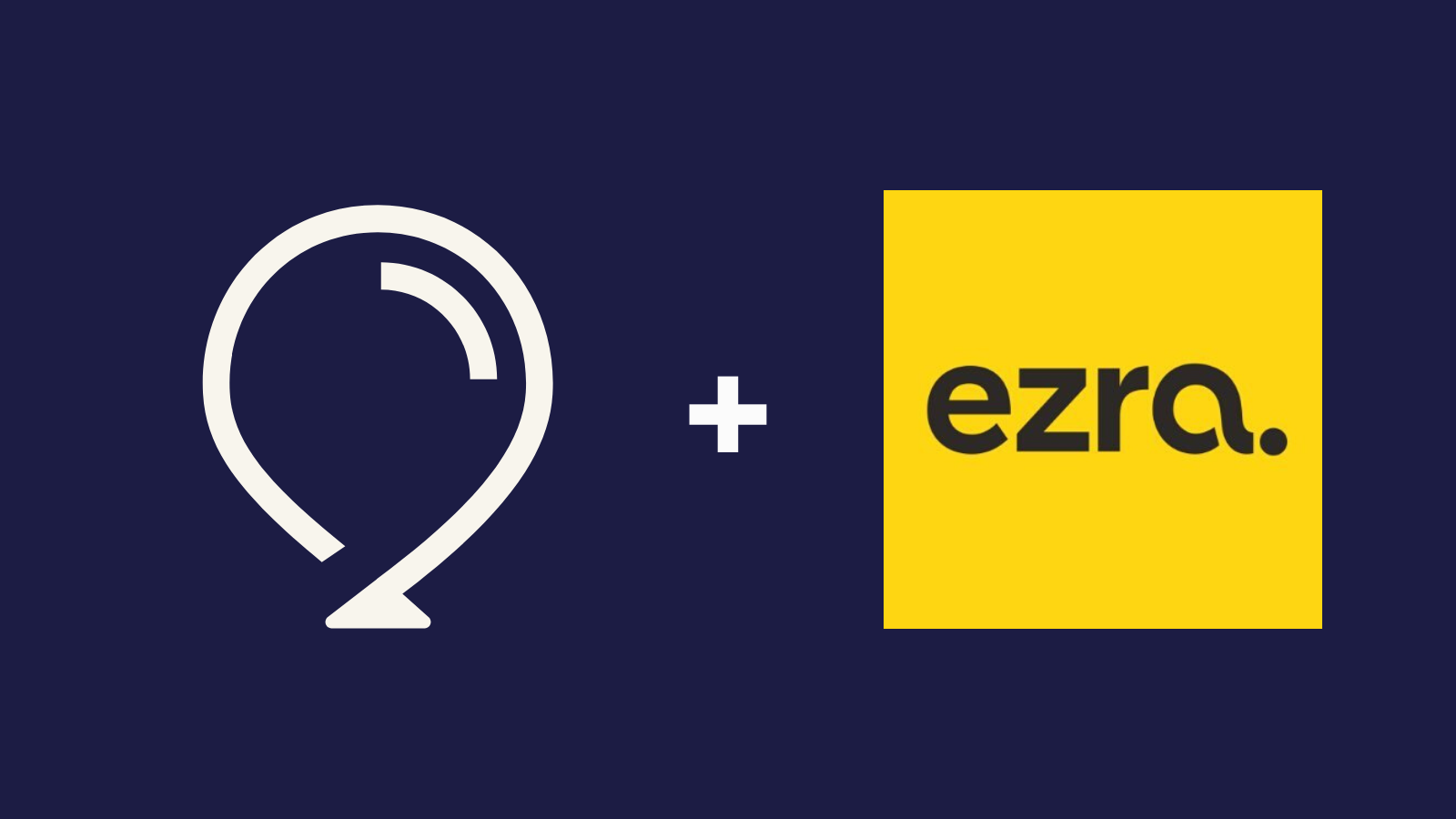“We all noticed two huge benefits of Balloon: The ability to meet asynchronously, and the speed at which we were able to execute.”
– Tom Ford, product manager at Ezra
The team at Ezra, a professional coaching app, is growing rapidly. Since its platform launched in April 2019, the company has more than doubled in size, with a global staff distributed across 18 time zones.
While the Ezra team is exploring all the new opportunities offered by a larger staff, scaling at such a breakneck pace also brings new challenges.
“We’ve become this huge global entity, and we’re hiring like crazy, but it’s been more and more difficult to schedule meetings,” said Tom Ford, a product manager at Ezra, who describes his role as the bridge between the business and technology of the company. “In May, I tried to schedule a one-hour meeting for a few teams to connect, but everyone was blocked until August.”
Ford’s solution: Replace the meeting with an asynchronous flight on Balloon.
That particular meeting was a monthly discovery meeting between the Product, Engineering, and Research departments. To accommodate all the participants, Ford tailored Adam Grant’s flight template, “Think Again: Think Like a Scientist,” to surface vital information the team was missing, and set it to last for 24 hours.
The four-question flight asked:
- What burning questions would you like to know the answer to?
- What information are we missing?
- What are our hypotheses? Why might we be wrong? What alternative hypotheses exist that we could/should test?
- What experiments could we run?
The flight’s results drove the Engineering team to quickly shift its short-term focus without disrupting the product roadmap.
“Particularly in response to the ‘What information are we missing?’ question, one thing that came up was predictive analytics, which, honestly, was something we had never really considered. It just came up organically during flight,” Ford said. “Because we were able to identify it and see our alignment quantified in the Balloon Score, we were able to act on it almost immediately.”
Within 24 hours of completing the flight, the Engineering team had already built a solution into the platform.
“We all noticed two huge benefits of Balloon after that flight: The ability to meet asynchronously, which was super valuable, and the speed at which we were able to execute,” Ford explained. “In a normal meeting, there are so many personalities and so much back-and-forth, but Balloon’s neutralization of that landscape ultimately allowed us to get to a better solution faster, and it solved one of the biggest problems we had from a client visibility and fulfillment perspective. And that’s the whole point of this monthly meeting, to find pain points in the data that our engineers can improve quickly without needing a formal task assigned to our development team.”
Seeing the benefits of Balloon in action also inspired Ford to use a one-question flight to collaboratively set the agenda for an upcoming biweekly meeting of Ezra’s steering committee, the members of which span the Product, Engineering, Customer Success, and Operations teams:
- What is your biggest concern regarding Ezra's new offering (e.g., scheduling, coach experience, data capture, market value prop, etc.)?
While Ford expected the flight to surface product-facing concerns around things like UI and branding, he was surprised to see “that was not the case whatsoever.”
Specifically, the top-rated balloon submitted during the flight raised the concern that both the Ezra coaches and clients would be confused or missing information around the new offering’s workflow. After the flight showed 100% approval on this response, Ford said, there was no debate that this was everyone’s top concern, which allowed the team to quickly pivot its priorities as they continued to build out the feature.
“The flight showed us that the answer mostly lies in how we market the new feature and the language we use to describe it, rather than the functions of the feature itself,” Ford said.
Immediately following the flight, Ford’s team shifted its focus from a research-based feature discovery process, which Ford admitted would have been “a very heavy lift for not a lot of payoff,” to a marketing-based solution. Because they were able to identify and tackle those true concerns so early on, the team avoided three or four extra meetings, Ford estimated.
“That is the magic of Balloon,” Ford said. “It helped us redirect resources so much earlier on in the process than we would have otherwise. The whole flow drove efficiency and accuracy for our product strategy, and I’ve been so pleased with the richness of the insights in every single flight we run.”
